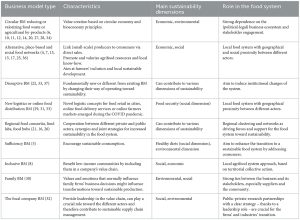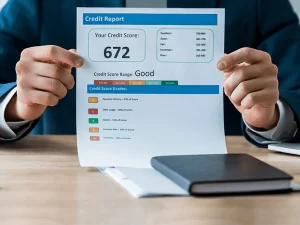The Future of Cryptocurrency Trading – Trends and Predictions for 2024
3 min read
As we approach 2024, expectations are high that the cryptocurrency market will experience continued expansion due to several key factors.
These include a soft landing for the economy, interest rate reductions and lower inflation levels. Furthermore, NFT development could fuel cryptocurrency price surges.
1. Investing in Cryptocurrency
Cryptocurrency offers investors a great source of diversification in their portfolios, providing returns with less price correlation than stocks and bonds. As with any high-risk investment, you must always invest at your own risk and employ proper cryptocurrency trading strategies when trading the coin market.
Crypto investments may be susceptible to hacks and technical issues that don’t impact other markets as frequently, while cryptocurrency exchanges could face regulatory crackdowns or sudden liquidity issues that cause price drops.
Investors can easily find various cryptocurrency investments options online, such as large cryptocurrency exchanges and financial apps offering a selection of digital assets. Furthermore, traditional brokers now support Bitcoin as well as several other cryptocurrencies – this trend is expected to continue through 2024.
2. Getting Started with Cryptocurrency
Cryptocurrency’s fluctuating prices have had an immense effect on portfolios around the globe, both positively and negatively. Being an emerging market without regulatory controls or technical barriers like traditional investments does leave it vulnerable to hackers or fraudsters.
But cryptocurrency’s potential for long-term investments or trading makes it worth considering. Investors who hold onto their cryptocurrencies for extended periods are known as “HODLers”, with hopes their value will appreciate due to utility or potential for growth over time. On the other hand, traders speculate on cryptocurrency prices with trades they hope will increase over short term; though these profits may seem marginal at first, they can add up over time.
3. Getting Started with Trading
Cryptocurrency trading is an emerging way of investing digital assets; unlike investing, which typically has medium to long term results.
Crypto Trading involves buying and selling digital assets on the market. There are currently more than 5,000 cryptocurrencies in circulation, the most notable ones being bitcoin and Ethereum – both providing services that allow programmable smart contracts and decentralized applications to be created using their blockchain systems.
Proponents of cryptocurrency believe it will make value transfer simpler between parties without the need for third-party intermediaries and reduce central banks’ ability to set monetary policy by controlling money supply. Critics, however, worry that cryptocurrency prices are too volatile and vulnerable to fraud or theft.
4. Getting Started with Exchanges
Cryptocurrency trading is an emerging market that promises high returns but can be very risky. To maximize returns and minimise losses, it is essential that investors understand their own individual risk threshold before engaging in cryptocurrency investing.
Step one in starting cryptocurrency trading is selecting an exchange. There are numerous options, such as Coinbase, Kraken and Binance; additionally many traditional brokers now accept cryptocurrency trades for trades with them.
The next major event in crypto will likely be the halving of Bitcoin rewards in May 2024 – this has historically been seen as a bullish catalyst for prices. Another critical issue involves regulation and taxation for digital assets; with SEC battles against cryptocurrency issuers and exchanges still ongoing it’s worth keeping abreast of all developments as they unfold.
5. Getting Started with Wallets
Cryptocurrency trading can be both rewarding and potentially volatile, making it a tough market to break into without developing the required skills, risk management strategies and discipline.
Cryptocurrencies differ from traditional assets by having limited supplies that have an immediate impact on price; when demand rises, so too do prices tend to climb, or vice versa.
To start trading cryptocurrencies, the first step should be finding an exchange and creating an account there. After doing this, your wallet can be used to purchase and sell coins using your wallet. Many exchanges offer other tools for traders as well such as technical and fundamental analysis as well as leveraged derivative trading that enables traders to bet on price movements without actually owning the underlying coin itself.







